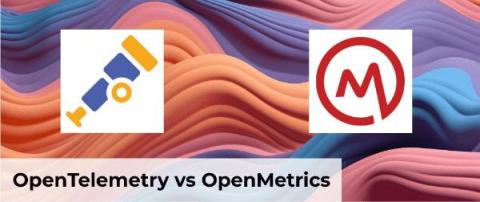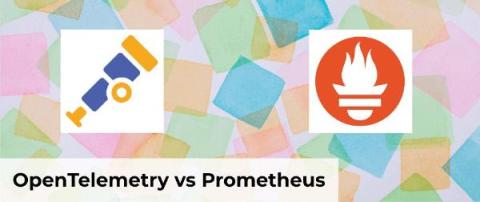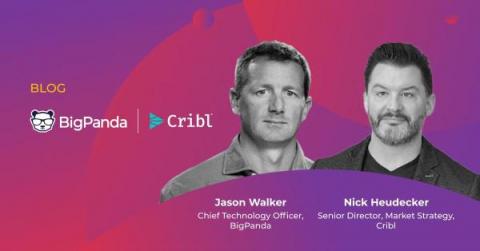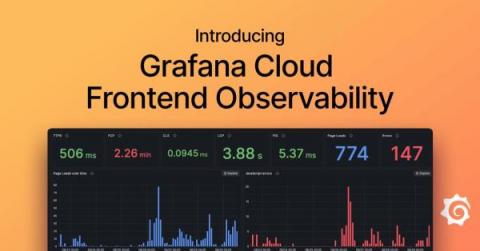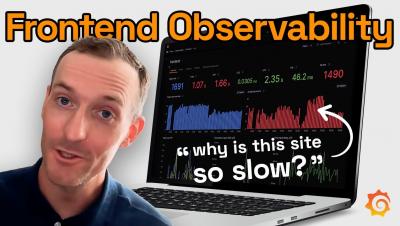Operations | Monitoring | ITSM | DevOps | Cloud
Observability
The latest News and Information on Observabilty for complex systems and related technologies.
OpenMetrics vs OpenTelemetry - How to choose?
A Software Developer's Guide to Getting Started With Kubernetes: Part 2
In Part 1 of this series, you learned the core components of Kubernetes, an open-source container orchestrator for deploying and scaling applications in distributed environments. You also saw how to deploy a simple application to your cluster, then change its replica count to scale it up or down. In this article, you’ll get a deeper look at the networking and monitoring features available with Kubernetes.
OpenTelemetry vs Prometheus
4 Observability Metrics Examples to Overcome Big Challenges
Having a strong full-stack observability has become increasingly crucial in modern IT environments, as organizations strive to gain deep insights into their systems’ behavior, performance and overall health. However, achieving effective observability can be challenging without the right tools and strategies in place. In this article, we will explore the key challenges associated with observability and how Coralogix can help overcome those issues.
Incident Management Steps and Best Practices
According to the Uptime Institute’s 2022 Outage Analysis report, one out of every five companies has experienced a “serious” or “severe” incident over the past three years—a percentage that’s increasing. Those incidents are expensive: over 60% cost more than $100,000, while 15% set their companies back close to $1 million.
The Great Network Observability Debate
You may have heard the term “network observability” regarding solutions that offer a deep and contextual view into the network. You’ve likely heard other terms, such as ‘network visibility,’ “network visualization” and of course “network monitoring.” But, experts argue, what these terms each truly means is still open for debate.
BigPanda-Cribl Integration: Stronger actionable insights within your observability data
Overwhelming volumes and varieties of observability data most businesses encounter on a daily basis is impossible for IT operations teams to manually sift through successfully. This can be a troubling reality when frequent high-value business data is required to consistently maintain the uptime and integrity of your services and applications.
Real user monitoring in Grafana Cloud: Get frontend error tracking, faster root cause analysis, and more
The frontend of a web application is the part that users directly interact with. It’s the last mile of the digital service you deliver to your customers and it’s directly associated with customer satisfaction and business objectives. Knowing performance metrics such as CPU or memory is helpful, but at the end of the day, what you care most about is if the user experience is affected.



